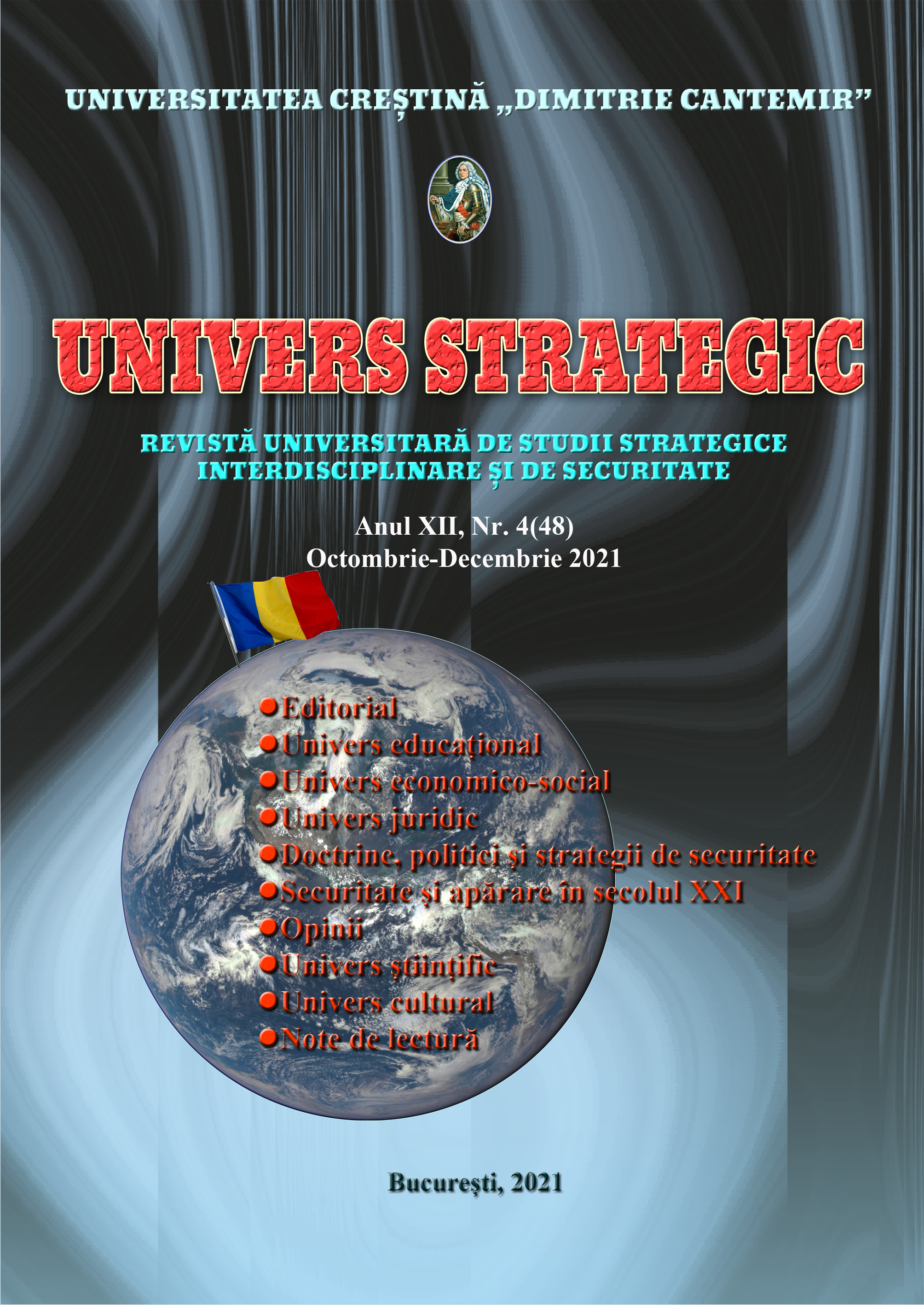Percepțiile Copiilor Care Merg la școală cu Privire la Siguranța Apei în Zonele de Coastă Ale Diviziunii Barishal
Perceptions of School Going Children on Water Safety in Coastal Areas of the Barishal Division
Author(s): Ashim Kumar Saha, Aminur RahmanSubject(s): Social Sciences, Education, School education
Published by: Universitatea Crestina "Dimitrie Cantemir"
Keywords: School; children; drowning; water safety; knowledge;
Summary/Abstract: Background: Bangladesh is adversely vulnerable for frequent natural disasters & hazards like floods, droughts, cyclones, river erosion, tidal and storm surges etc. To adapt with recurrent disasters, the school students to be needed for receiving water safety messages to cope with environmental impact of Barishal regions. Methods: During 2018-19, the educators were conducted in 266 schools where 19,038 students were participated smoothly to adopt essential water safety knowledges concerning about climate resilience mechanisms. The total number of 2,908 students were attended on pre-test session where 44.29% boys and 55.71% girls were partcipated and 2,885 students were taken part in the post-test session where 48.49% boys & 51.51% girls were attended to compare with their significant change of knowledge. Results: Have shown findings of pre-test and post-test session, 31% & 41.6% participants focused on step out of their depth, 11.3% & 33.5% respondents replied to hurt yourself on a dangerous object and 5% & 18.2% students said that they might be caught in weeds to check the depth of the water. Again, 20.7% & 38.8% students told not to enter the waterbody lonely and 11.5% & 27.7% respondents answered that they might want help from others. 7.9% & 24.4% participants emphasized not to enter the waterbody alone because anybody could help the person if they get into difficulty the waterbodies. Yet, 7.6% & 17.5% attendees said that lifejacket means it seems usually brightness color. 31.9% & 44.1% respondents mentioned that lifejacket has kept them afloat if they fall into the water and 7.5% & 34.3% students replied to keep their head above of the water. The 22.1% & 34.3% participants told to inform anybody where they were going and 10.7% & 28.2% respondents replied to inform anybody what they were doing. 5.4% & 20.1% attendees emphasized to inform anybody when they would return and 11% & 16.8% students mentioned that they informed anybody the root would be take there and back. Finally, 26.8% & 44.5% students mentioned to use a long object for reaching them, 14.2% & 43.1% respondents replied to throw them a floating object and 7.1% & 19.3% participants told to go and get help from others. Conclusion: Water safety knowledge delivery is important for school-aged children. It increases existing knowledge of students through learning by sharing with their parents. Initiatives from concern ministries of government to be needed for scaling up the proactive intervention in disaster prone areas.
Journal: Revista Univers Strategic
- Issue Year: XII/2021
- Issue No: 48
- Page Range: 50-62
- Page Count: 13
- Language: English

